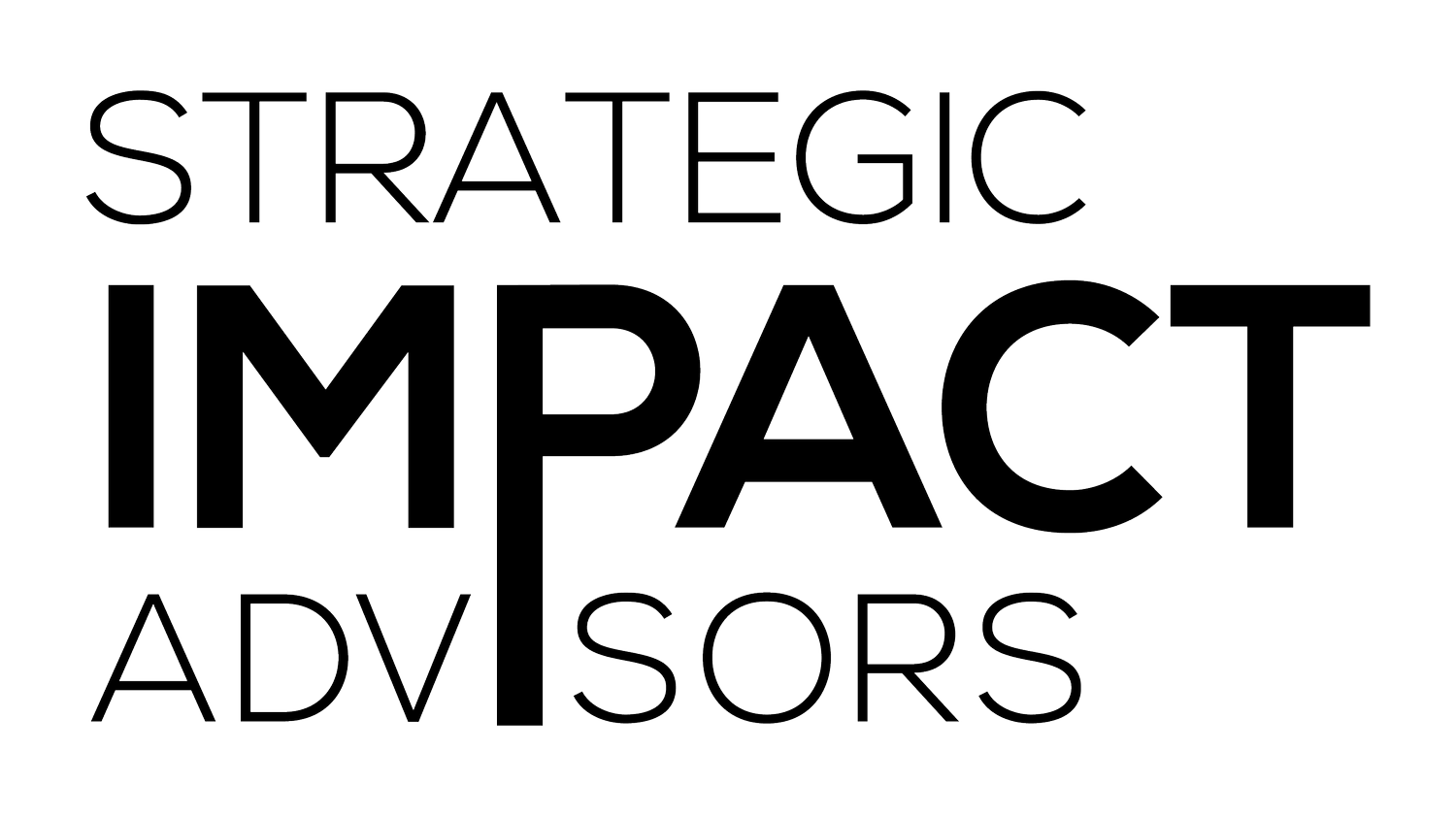Closing gender gaps in the agricultural value chain
Women farmers make up half of the agricultural workforce in East Africa. Yet they rarely have equal access to the opportunities and assets men can access to maximize their productivity and improve their lives.
Digital technologies can be transformative in bridging the gender gaps across agricultural value chains and making progress toward achieving gender equality (Sustainable Development Goal 5).
A 2020 study by GSMA on Digital Agriculture Maps featured 35 use cases by agtechs in Uganda providing access to assets, markets and services to agriculture actors. At SIA, we have seen firsthand how agtechs can create pathways for women to improve their skills, productivity, marketability and income. In northern Uganda, for example, we’re partnering with Feed the Future Inclusive Agricultural Markets (IAM) in partnership with DAI to help rural women access low-cost input loans through Ensibuuko. The company provides a digital ledger platform that allows community banking schemes to automate their transactions and operations, and then offers tailored and affordable digital financial services such as credit, savings and insurance that connect the unbanked and underserved to the wider financial ecosystem.
How big are the gender gaps?
Closing gender gaps is an uphill task. Women continue to have unequal access to and control over productive resources and capital and limited access to markets, and there is little gender disaggregated data available to help inform service delivery. In 2020, gender productivity gaps in Uganda were around 30%, indicating that women farmers were less productive than their male counterparts as a result of competing gender roles and more restricted access to resources such as land, inputs and extension services. Around 23% of women in the country are financially excluded, making it harder for them to acquire the assets they need to boost their productivity.
Watch: SIA FinEquity webinar: “What Works for Women: Unpacking Women’s Economic Empowerment Barriers & Opportunities”
How do we take a holistic approach to closing the gaps?
Agtechs present approaches touted to close the gender gaps in agriculture value chains. As part of the IAM Activity, SIA is helping Ensibuuko develop and expand its rural digital acceptance ecosystems, and facilitate training and knowledge management to reinforce both demand and supply-side initiatives for the farmers they work with. We identified several key opportunities to close the gender gaps:
Leveraging gender disaggregated data to inform tailored gender-based services and delivery channels at the last mile. SIA is working with Ensibuuko in using machine learning to analyze farmer data and produce credit scores that enable financial services providers to deliver loans, mainly to women farmers, via mobile money wallets.
Uplifting women as agtech champions to adopt and transfer knowledge to influence better adoption practices. Studies show that women farmers are more receptive to women communicators. SIA and Ensibuuko have onboarded and trained over 14,500 women in northern Uganda, including at least 450 women who are digital community entrepreneurs (DCEs). These women DCEs serve as peer educators and help improve digital and financial literacy for other women, supporting farmers in the use of new digital solutions and facilitating digital financial literacy training with the village savings and loan associations (VSLAs) they work with, using our digital financial literacy campaign, “Hey Sister! Show Me the Mobile Money!” This model has driven the uptake of digital financial services and literacy for women, and contributed to over USD$ 1,325,346 in digitized savings and USD$ 459,439 in digitized loans from 1,500 agriculture community groups over the course of 12 months.
Supporting men’s involvement in bridging the gaps. Through the onboarding process of DCEs in northern Uganda, it has become important for us to involve male community group leadership and spouses, at times, in advocating for women’s empowerment and helping increase the uptake of unsecured loans by women farmers. Over 95 women organized under 19 community groups were able to access agriculture credit for the first year season cycle in April 2023 as a result of this extra support from male counterparts.
Bundling services to address multiple gender gaps. Ensibuuko is deploying unsecured input loans combined with crop insurance and financial literacy training to the women we are working with in northern Uganda.
A broader ecosystems strategy could demystify gender inclusion in agriculture value chains
East Africa’s diverse ecosystems, regulatory and enabling environments, as well as providers and market systems are all unique in nature, at varying degrees of development. A priority gender gap in agricultural value chains in Kenya or Tanzania may already be solved in Uganda. This requires that we work with digital agtechs at the local level to align product offerings with market needs and address the context of gender dynamics, levels of literacy and trust and current financial behaviors.
At SIA, our intersectional approach to diversity and inclusion helps us offer providers, development organizations and most importantly women with tailored operational solutions that increase gender inclusion and ensure interventions align with macro, meso and micro aspects of the varying regional ecosystems where we work.
